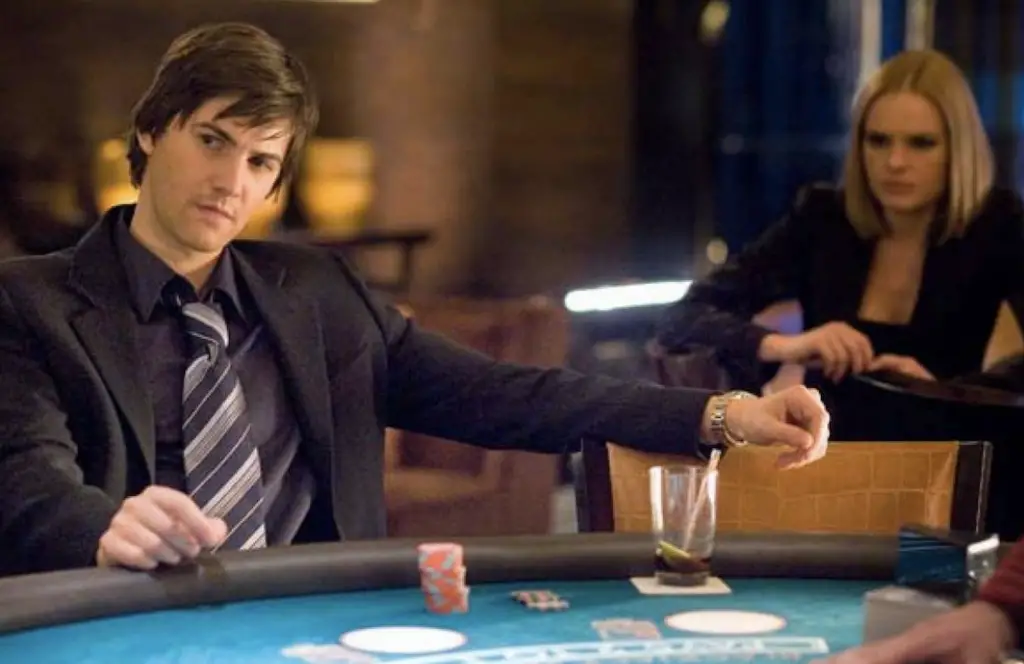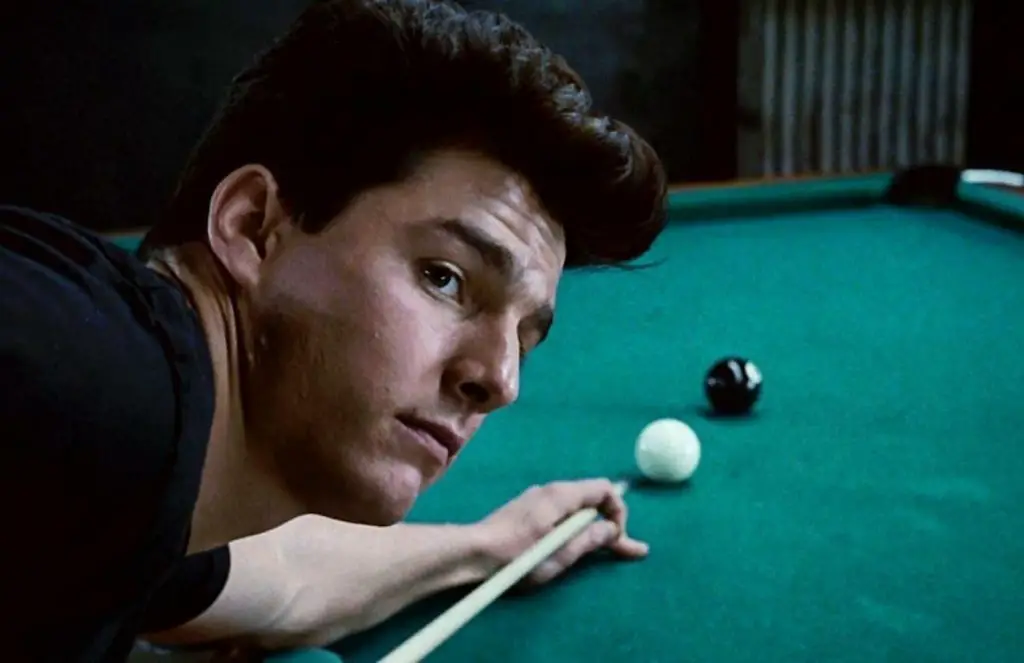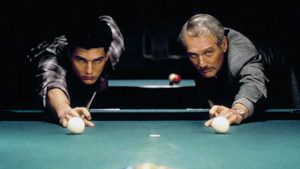
The Color of Money may be coming up 25 years old, but the incredible performances of Paul Newman and Tom Cruise still make this an absolute classic, let alone the directing of Martin Scorsese. The sequel to one of the greatest movies of all time, it perfectly portrays the dingy pool halls of the 80’s with just a hint of edgy charm.
If you’re not too good at pool and don’t have the stones to hustle, you could try your hands at some real money casinos, just use this link. Or flick on the film to get inspired into a world of greed, jealousy and excitement that could still have some green coming your way.
The Story
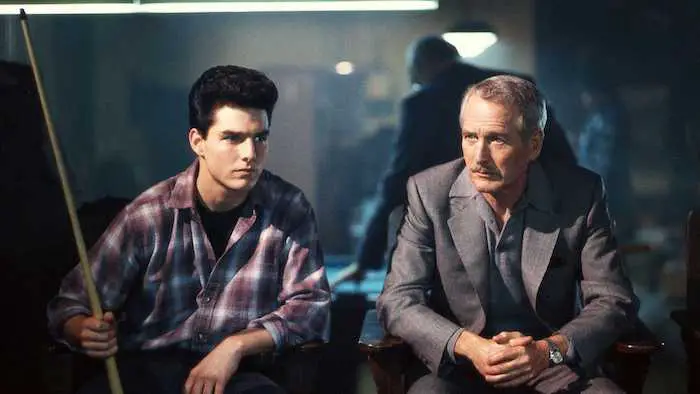
Back in the late fifties, Walter Tevis wrote a classic novel of deception and determination, called The Hustler. It was made into an extremely successful movie of the same name with Paul Newman taking the reigns as a talented pool hustler looking to make the big time.
25 years later, Tevis felt it was time to add to that story and looked to Scorsese to really finetune his work for the big screen. Newman reprised his role of Edward “Fast Eddie” Felson and the Color of Money hit cinemas in early 1986.
The Plot
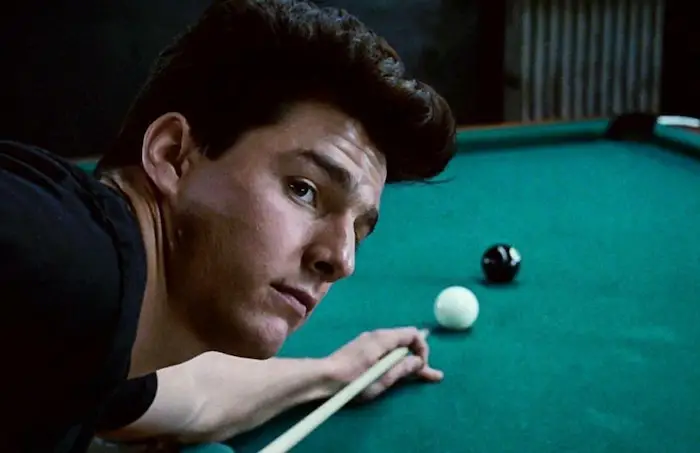
Fast Eddie has already had his shot at the big time and made a decent name for himself as not just a talented pool player, but also a great hustler. Nowadays, he’s a liquor salesman with a steady income, loving wife and no drama in his life to screw it up. Until he meets upon a young and cocky pool hustler named Vincent Lauria (Cruise) whom has nearly as much raw talent as he does ego and showmanship.
Eyeing an opportunity to not just make some money but also get back into his earlier days of hustling, Eddie offers to take young Vincent and his manager/girlfriend, Carmen, under his wing and teach him all he knows about the seedy world of pool hustling. They leave for a six-week road trip, taking in the countries notorious pool halls, culminating in a pool tournament in Atlantic City.
Whilst Eddie becomes the master to his student’s talent, controlling his show-boating and inflated ego are not so simple and soon divide the threesome. Persuading Vincent to throw a game against a highly regarded player he believes he can beat would help the trio win even more money down the line through their hustle, but the bravado of youth cannot be swallowed so easily.
As the three part company, Eddie is inspired to play again and after refining his earlier skill, meets Vincent and Carmen in Atlantic City where the pair look set to play off to reach the final.
The Cast
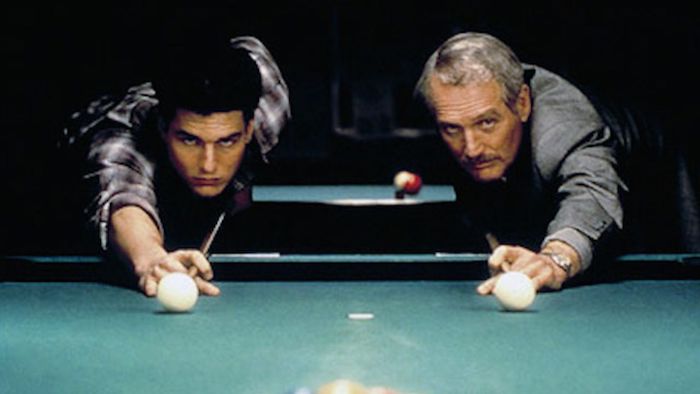
The Color of Money was released in May 1986, a mere six months before Cruise’s blockbuster, Top Gun. Overshadowed perhaps by the latter film, a young Cruise as the arrogant and naive Vincent was absolute perfection. Even back then, it was clear he had star talent.
As great as Cruise is in this movie, which is un-deniable, he is no match for Newman who is completely at home as the cantankerous Eddie. Paul Newman went on to win his first Oscar for Best Actor in this role, having been nominated 7 times previously.
But the real star of this cast is perhaps the way the two professionals really seem to bounce off one-another. Mirroring the plot of Eddie’s fatherly figure towards Vincent, Newman not just excels in this movie, but does so without taking away anything from the younger, and fairly unknown, Cruise.
It’s a dynamic that must have been music to the ears of Scorsese whose typical directorial-magic is the icing on the cake of the performance of his actors.
And sandwiched between the two is Mary Elizabeth Mastrantonio’s, Carmen. As both the manager and girlfriend of Vincent she is caught between professionalism and love, which Mastrantonio plays with perfection.
The Color of Money see’s two Hollywood masters at work, with the up-and-coming Cruise slipping in perfectly between Newman’s acting brilliance and Scorsese’s pure genius.
The Theme
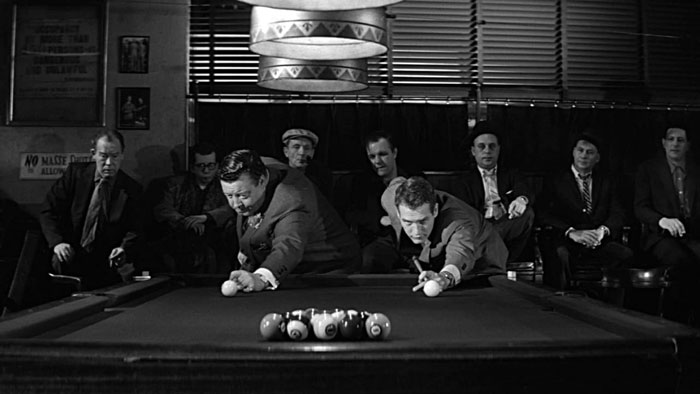
Whilst on the surface, this is a con movie with a good degree of sport thrown in, it’s more than that. It’s a movie about regret and the foreboding pressures of old age on one side, the thrill and excitement of youth on the other. And balanced perfectly in-between, the relationships that evolve from professional mentorship to one of a father-son dynamic.
And it’s that relationship theme that Scorsese was really focussing on.
You could add in a little of that master-becomes-the-student narrative, too, as Vincent does seem to mature by the end. But it certainly is a character-driven film that is a lot deeper than many viewers may have perceived.
What’s Good
Obviously, the acting itself is first rate. This is Newman at possibly his finest and not to take anything away from his initial portrayal of Eddie back in the sixties, but just like his character, he really does seem to mature into this part.
1986 Cruise is post-Risky Business and The Outsiders but still pre-Top Gun and Cocktail. To say that this was the movie that took him from young star to potential royalty is perhaps a stretch, but working with Newman must have certainly helped his career. Either way, he is a pleasure to watch.
The storyline is a little predictable with the young buck finally growing up and winning the day, but the twist near the end was by far the stand-out for us. Without offering up a complete spoiler, the showdown between the master and the apprentice may go the way you expected, but doesn’t end how you thought. Tevis’s writing aside Scorsese direction is a match made in heaven.
For a con movie that is 25 years old and based around the character of a movie released 25 years before that, this is still cinematic gold to this day. The storyline is fantastic, the acting first rate and the cinematography itself is absolutely beautiful. Who new that dark, 80’s, Illinois pool halls could ever be described as beautiful.
This movie is severely under-rated and in our humble opinion, a movie-masterpiece. See it, feel it and above you, enjoy it.
